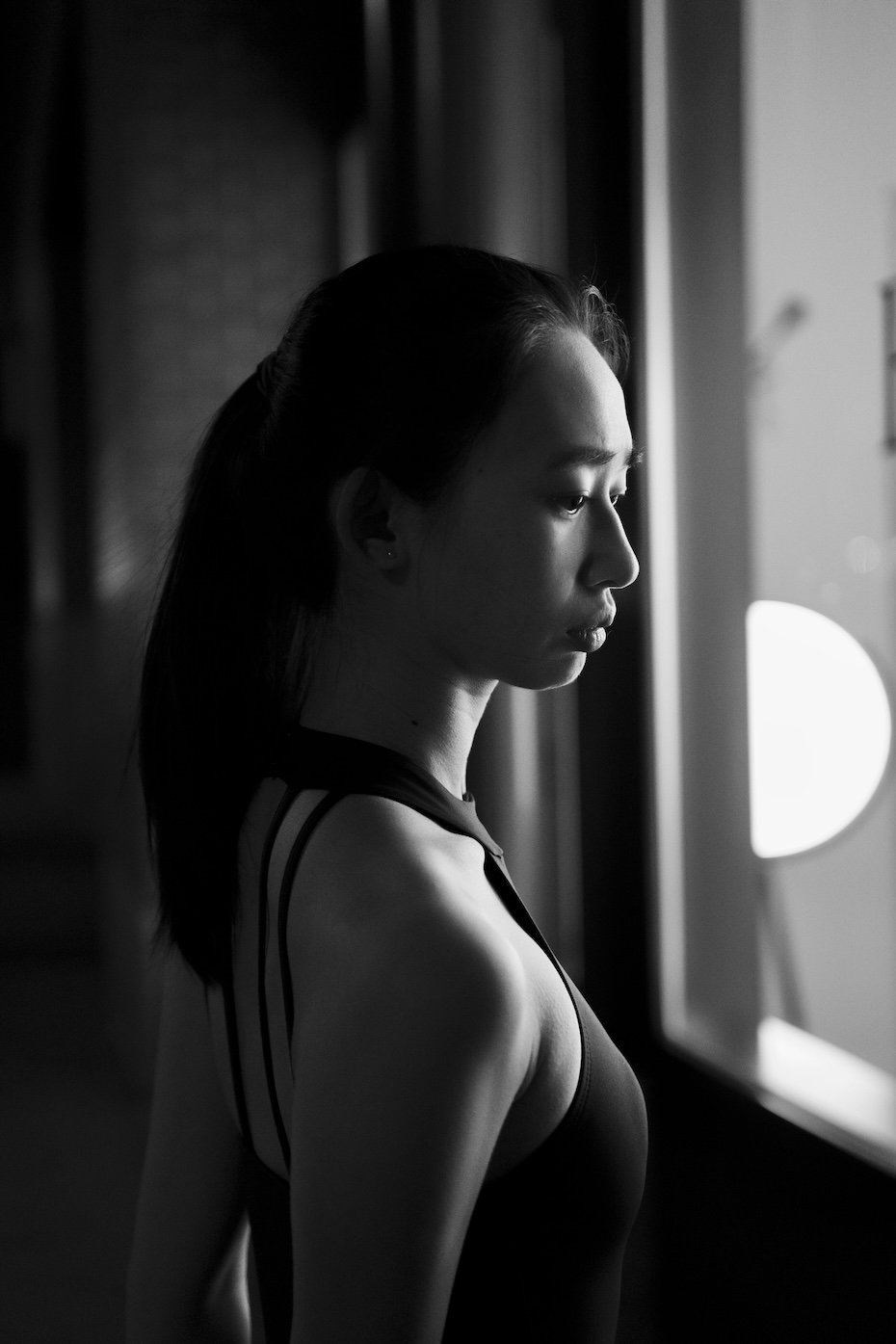Navigating the Winter Months: What Performers Need to Know about Seasonal Affective Disorder
The performing arts industry loves to project an image of glamour, applause, and the exhilarating thrill of the spotlight. However, behind the scenes, many performers grapple with a syndrome that can significantly impact their well-being and performance—Seasonal Affective Disorder (SAD).
According to the NHS, SAD is a form of depression that occurs seasonally, typically in the fall and winter months when daylight hours are shorter. For performers whose livelihoods depend on their mental and emotional states, understanding and addressing SAD is crucial.
How SAD Affects Performers
Performers are already susceptible to high levels of stress, performance anxiety, and irregular schedules. Seasonal Affective Disorder can exacerbate these challenges with performers struggling with symptoms such as low energy, difficulty concentrating, changes in sleep patterns, and even feelings of hopelessness—all of which can significantly hinder a performer's well-being and ability to perform.
Tips to help you cope with the symptoms of SAD
Light Therapy
Light therapy, or phototherapy, is a proven method for alleviating the symptoms of Seasonal Affective Disorder. You can incorporate this into your daily routine by spending time in front of a special lamp called a light box that emits bright, artificial light. Exposure to this light, especially in the morning, helps regulate the body's internal clock and improves your mood. Integrating light therapy into your pre-performance ritual or rehearsal schedule may also be helpful.
Mindfulness
Mindfulness and meditation practices have been shown to reduce symptoms of depression and anxiety, making them valuable tools for performers dealing with Seasonal Affective Disorder. Try incorporating mindfulness practices such as meditation, breath work or yoga into your daily routine or as part of your warm-up ritual to help manage stress, increase self-awareness, and enhance overall well-being.
Establishing a Support System
Being a performer can be isolating, and the challenges posed by Seasonal Affective Disorder may exacerbate feelings of loneliness. Building a robust support system is crucial for performers dealing with SAD. This can include connecting with fellow performers, seeking professional counselling, or confiding in friends and family. Knowing that you are not alone in your struggles and having a network of understanding individuals can provide emotional support during the winter months.
Know when to speak to a GP
You should consider seeing your GP if you think you might have SAD and you're struggling to cope.
You are not alone
Seasonal Affective Disorder can often make you feel alone, especially in an industry that actively encourages you to "leave it all at the door." By understanding the impact of SAD and implementing practical strategies such as light therapy, mindfulness, and establishing a support system, you can take proactive steps to protect your mental health in the winter months.
Take the Performance Test
Success in performing requires you to look after your health, and anything that reduces your ability to look after your health, limits your ability to succeed. Take the quiz designed exclusively for performers, to discover which wellness pillars you are doing well in, and which ones you need to master to enhance your performance–on and off stage.

